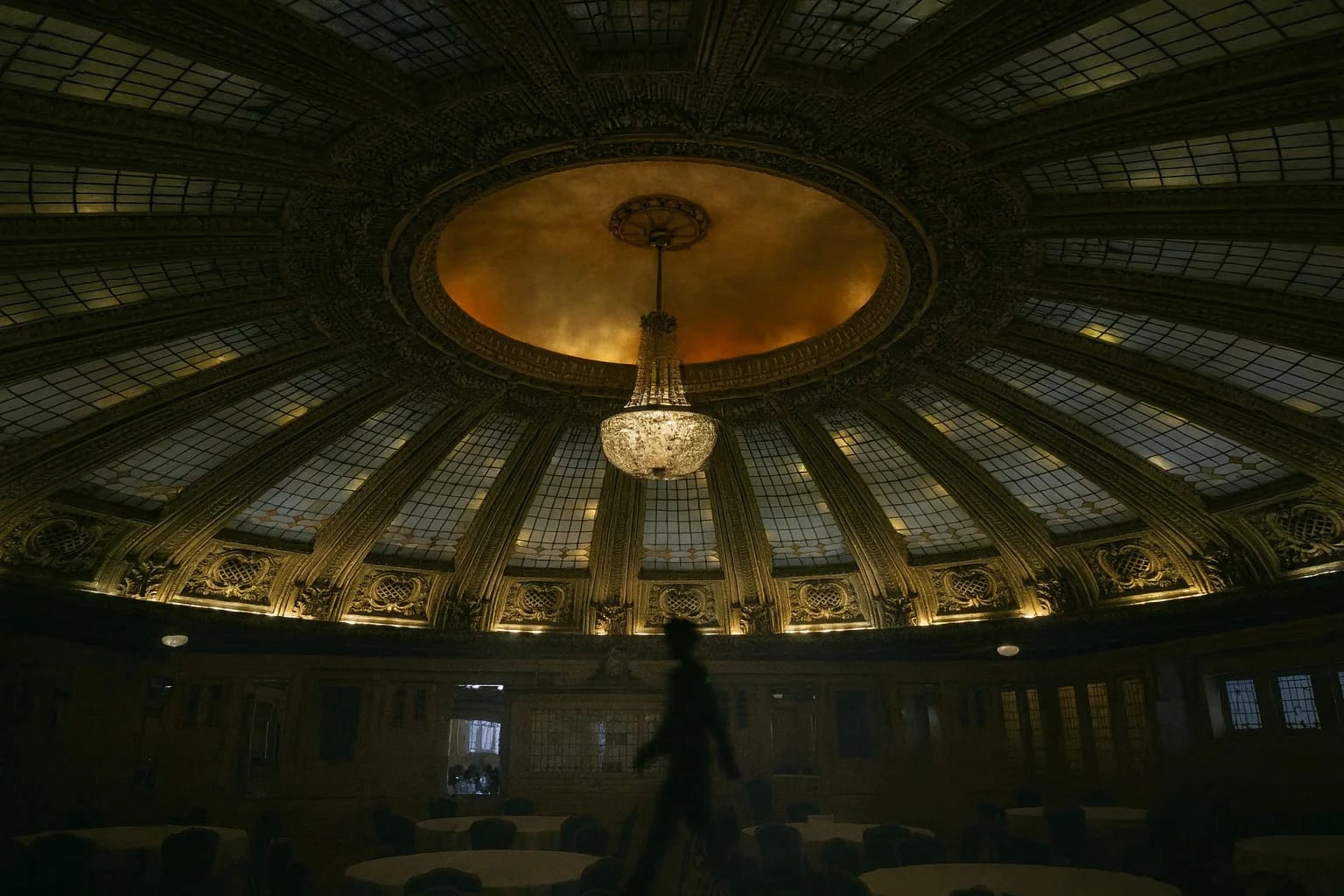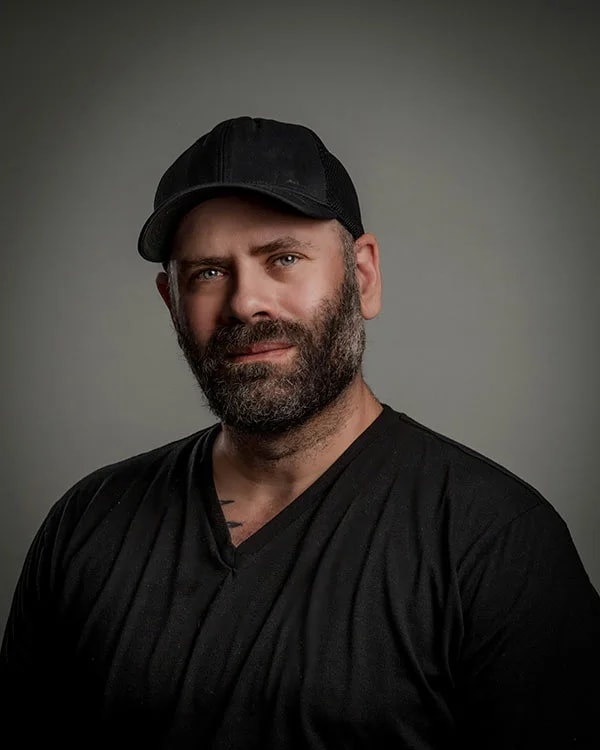A Palace Built on Gold Rush Dreams
In the heart of downtown Seattle stands the Arctic Club, a magnificent terracotta building that has watched over the city since 1916. Built as the exclusive clubhouse for Seattle's Klondike gold rush millionaires, this historic landmark harbors more than just memories of fortunes won and lost. Within its ornate walls, the spirits of prospectors, businessmen, and socialites from the Alaska gold rush era continue to gather, as if their earthly pursuits of wealth and status have followed them beyond the grave. The Arctic Club stands as a haunted monument to Seattle's transformation from frontier town to metropolitan powerhouse, where ghostly members still convene in eternal meetings that death could not adjourn.
From Gold Rush Fortune to Gilded Legacy
The Arctic Club was founded in 1908 by the wealthy men who had struck it rich during the Klondike Gold Rush, when Seattle served as the primary gateway to Alaska's goldfields. These prospectors, merchants, and investors needed a prestigious venue to conduct business and celebrate their newfound wealth. The current building, designed by architect A.H. Albertson in 1916, became their palace—a stunning example of terracotta architecture featuring elaborate walrus head gargoyles and Alaskan-themed decorations that honored their northern fortunes. The club served as the epicenter of Seattle's elite social and business circles for decades, hosting lavish parties, crucial business deals, and political discussions that shaped the Pacific Northwest. During Prohibition, the club's private nature made it a haven for the wealthy to enjoy illegal liquor, and rumors persist of secret gambling rooms and hidden passages. As Seattle evolved through the 20th century, the club weathered economic downturns, world wars, and social changes, eventually transforming into the boutique Arctic Club Hotel. Yet the building's connection to its gold rush origins remains strong, with original fixtures, artwork, and architecture preserving the grandeur of an era when fortunes were made overnight and lost just as quickly.
The Phantom Prospectors
The Arctic Club's most prominent spirit is known as 'The Commodore,' believed to be one of the club's founding members who made his fortune in Alaskan gold mines. Guests and staff report encountering a distinguished gentleman in period clothing who appears in the club's original meeting rooms, often seen reviewing documents or gazing out windows toward Elliott Bay as if still watching for ships returning from Alaska. His presence is accompanied by the scent of expensive cigars and the sound of rustling papers, as though he's conducting eternal business meetings. The club's bar area is haunted by 'Klondike Kate,' a mysterious woman in elaborate Victorian dress who appears during evening hours, believed to be the spirit of a prospector's wife who waited decades for her husband to return from the goldfields. Staff report seeing her reflection in the bar's antique mirrors, always elegantly dressed and eternally patient, her jewelry catching light that isn't there. In the building's upper floors, now hotel rooms, guests frequently encounter the ghost of a young man in work clothes, thought to be a prospector who died in the harsh Alaskan wilderness but whose spirit returned to the club where he had dreamed of celebrating his success. He appears particularly to guests staying in corner suites, often standing by windows as if still searching the horizon for opportunities. The club's dining areas are visited by the collective spirits of the 'Phantom Board,' ghostly figures who appear as shadows around the original meeting table, their voices heard as whispered discussions about mining claims and business ventures that echo from beyond the grave.
Golden Manifestations
The Arctic Club's paranormal activity intensifies during winter months, particularly around the anniversary of major Klondike gold strikes. Hotel guests report their room temperatures dropping suddenly while the scent of snow and pine fills the air, as if Alaska's wilderness has somehow penetrated the building. The club's original elevator, a beautiful brass and wood cage lift, operates on its own during the early morning hours, traveling between floors as though carrying invisible passengers to ghostly meetings. Security cameras capture the elevator doors opening and closing with no one present, and cleaning staff report finding the elevator waiting at different floors each morning despite being secured the night before. In the club's historic bar, glasses move on their own, and bartenders report feeling invisible hands brushing against them while they work. The antique cash register occasionally rings up purchases in denominations that haven't been used in decades, displaying amounts that correspond to historical gold prices. Guests staying in rooms formerly used as private meeting chambers experience the most dramatic activity, with reports of phantom card games where the sound of shuffling and dealing can be heard, accompanied by the clink of poker chips and muffled conversations about mining claims. The building's terracotta walrus heads, which serve as exterior decorations, are said to glow with an otherworldly light during the darkest winter nights, as if they're beacons calling the spirits of the north back to their earthly gathering place. Electronic devices malfunction throughout the building, with phones making calls to disconnected numbers and televisions displaying static images that some claim show scenes of the Alaskan goldfields.
Experiencing Gold Rush Ghosts
Visitors to the Arctic Club Hotel can experience its haunted history through carefully preserved original spaces that maintain their connection to the building's supernatural residents. The hotel's bar and restaurant areas occupy the club's original social spaces, where guests can dine surrounded by the same opulent décor that once hosted Seattle's gold rush elite. The building's lobby features historical displays about the Klondike Gold Rush and the club's founding members, providing context for the spirits that still inhabit these halls. Hotel guests staying overnight have the best opportunity to encounter the building's phantoms, particularly those booking rooms on upper floors where paranormal activity is most frequent. The hotel staff, well-versed in the building's ghostly reputation, often share stories and historical details with interested guests, and some even offer informal tours of the building's most active areas. The Arctic Club's location in downtown Seattle makes it an ideal starting point for exploring the city's other haunted locations, and many ghost tour companies include the building in their routes through the historic district. Photography enthusiasts find the building's ornate architecture and period details perfect for capturing the atmosphere of old Seattle, though many report unusual anomalies in their photos taken within the building. The hotel's event spaces, which occupy the club's original meeting rooms, can be rented for private gatherings, offering visitors the chance to hold their own gatherings in rooms where ghostly meetings continue to convene. Those interested in the building's gold rush connections can explore the nearby Klondike Gold Rush National Historical Park, which provides additional context for understanding the Arctic Club's place in Seattle's transformation from frontier town to major city.

Ornate walrus head gargoyles guard the spirits within

Grand lobby where gold rush millionaires once gathered

The bar where Klondike Kate's reflection still appears

